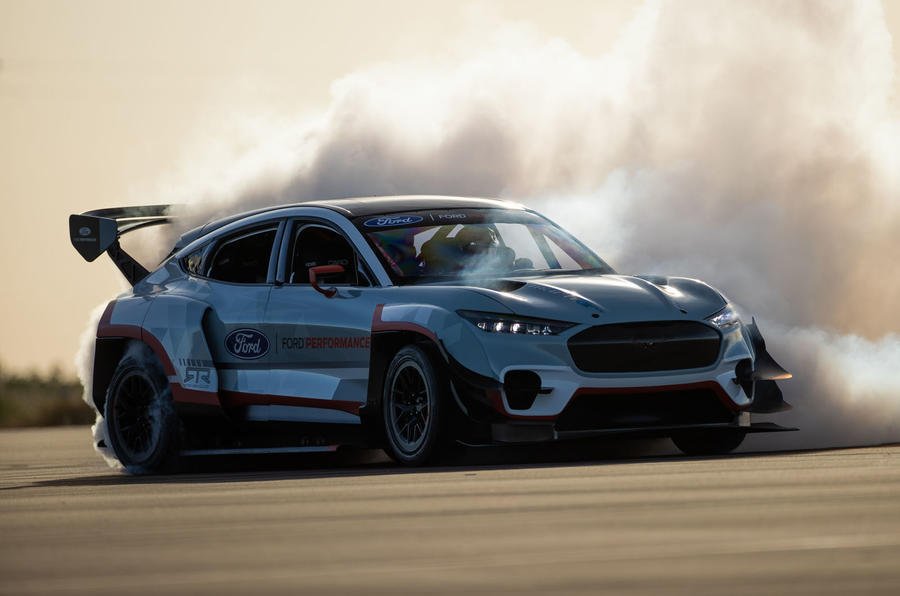Inside the industry: Will a radical shake-up save Ford?

If the intrigues of the car industry were played out in the theatre, you would be on the edge of your seat right now, waiting to see what Ford does next: enter stage left, arms aloft, uncorking an almighty plot twist, or stumbling in, clutching a dagger struck into its heart.
Just over three years ago, Detroit's finest (at least if you wear a European hat) was in such bad shape that it shook up its hierarchy, appointing Jim Hackett as president and CEO in place of Mark Fields. Fields had overseen a 40% fall in Ford's stock price in just 36 months, as investors attacked him for failing to widen the global appeal of the firm's traditional models or make any kind of progress in electrification and new mobility solutions.
It was a bleak time for the world's fifth-largest car maker by volume, cast into sharp focus by its ongoing failure to really get a grip on its scale and, closer to home, make its still-bloated European operations pay. Almost simultaneously, the company set itself a $3 billion cost-reduction target, announcing plans to reduce its workforce in Asia and North America by 10% – both of which Hackett then deepened as the scale of the challenges became clear.
If Ford needed the shake-up investors wanted, Hackett seemed a curious choice for making it happen. Already into his 60s, at home in a shirt and tie, bright but mild-mannered, trailing a glittering career that did a lot to separate him from the ordinary but little to suggest he was extraordinary (although he is credited with envisioning the open-plan office revolution), only his time at the head of the Ford's future mobility operations hinted at his status as a visionary. Yet he has done much to transform Ford's standing, if not its fortunes, all the while protecting its core qualities, volumes and profits.
Getting Ford on the curve, if not ahead of it, there's an electric car tie-up with Volkswagen (a deal perhaps only a man staring down the barrel of a gun could accept), investment in hugely credible start-up Rivian and an impressive acceleration of Ford's own electrification plans, building towards the Mustang Mach-E's launch. Will this be enough to save Hackett and, more importantly, Ford itself in this changing world?
Investors remain skeptical, with Ford's financial performance continuing to bump along. But there's also a feeling that Hackett has done much to lay the foundations for a Ford that can thrive into the future with electrification at its heart and even, with the recent unveiling of a 1400bhp, seven-motor Mach-E drift car, offer glimpses of a firm that's ready to swagger again.
